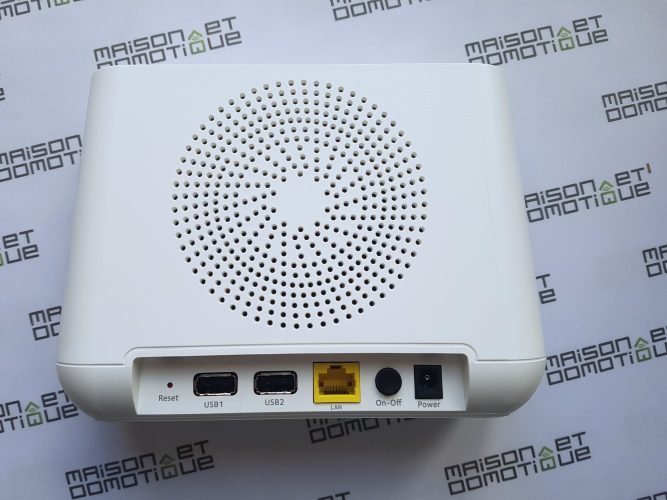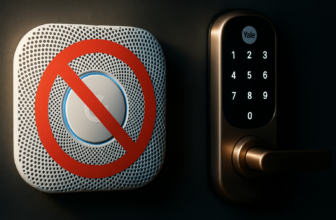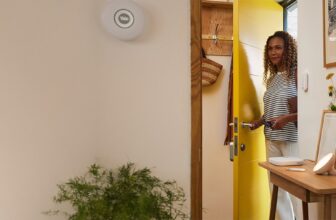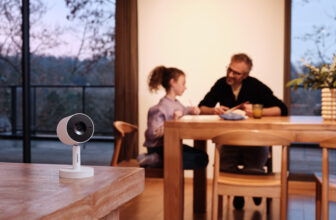The news came a few days ago from Arlo, via an official document available in PDF format: Arlo camera models will be retired after four years of loyal service. A prime example of planned obsolescence, which once again calls into question all cloud-based connected objects :/ Arlo Products may reach the end of their lifecycle for a number of reasons, including changing market demands, technological innovation, the development of alternative and more efficient software platforms, and/or the use of cutting-edge technology.Arlo Products, including their cloud support, evolve over time and may be replaced by different or more functionally rich technology. With this in mind, we have outlined the steps and explanations below to help manage EOL transitions and to explain the role Arlo can play in helping customers migrate to other Arlo products. Arlo End of Life Policy
An “end of life” policy applicable since January 1st
, released in October 2016, will be discontinued on April 1, 2023 (and this is not an April Fool's joke!). Of course, older models like the very first Arlo released in 2014 (and discontinued in January 2019) will be discontinued on the same date.
In an official “Arlo End of Life Policy” document, the manufacturer announces that its products will have a lifespan of 4 years after the last manufacturing date. The
Arlo Pro

In a year, in January 2024, the list grows, with the Arlo Baby, which served as a baby monitor, the
Arlo Pro 2 , theArlo Q and Q+
, theArlo Light(battery-powered lighting system), and finally the Audio Doorbell, the connected doorbell. Many of these models we have tested on the blog…The implications But what does this “end of life” mean? Will the cameras stop working overnight?So no, rest assured, things aren't so hopeless. From the indicated “end of life” date:Updates will no longer be provided (so no more bug fixes or security flaws)

Push and email notifications will no longer work
Video recording on the company's servers will no longer be possible (starting January 1, 2024)
Emergency calls will be disabled (feature for the US)
- The Arlo camera features will therefore be very limited :/
- Solutions
- So what's left? Remote camera viewing and local recording… for compatible models. While the first station released in 2014 doesn't offer this feature, subsequent models have the ability to accommodate a USB flash drive or external hard drive to record surveillance videos locally. If your base station has USB ports, all is not lost.
- Homekit-compatible models should also continue to work in the Apple app. But without video recording, as the Homekit Secure Video feature was never enabled by Arlo. Suffice it to say, the value of security cameras without video recording capabilities is very limited!
Conclusion
I've personally been a user of Arlo cameras since the very first models. It must be said that at the time, completely wireless, battery-powered, and Wi-Fi cameras were quite revolutionary! I still have several in operation, including the video doorbell, which won me over. But several of them are unfortunately affected by this end-of-life policy, for this year and next, so my system will have lost much of its appeal within a year. Unfortunately, we can only accept this unilateral decision :/
It's understandable that updates and part replacements end after a few years. This is the case for most products, and even our smartphones are deprived of updates after a few years. But removing features that were the very selling point, such as free 7-day cloud recording and notifications at the slightest movement, is much more questionable, especially when no alternative solution is offered. At best, the manufacturer is suggesting a discount to upgrade to newer models.

But hey, the problem isn't just Arlo: it could be the case with any other manufacturer whose solution relies on the cloud. And in the field of surveillance cameras, the choice is vast. The only solution: opt for standalone or hybrid solutions. For example, we have the Reolink cameras.
which offer similar functions to Arlo, while offering the possibility of being autonomous (recording on micro SD) or connected to a video surveillance system such as NVR or Synology Surveillance Station. In this case, updates will probably stop one day, but the cameras will remain perfectly functional. Foscam, Hickvision, etc. many manufacturers still offer models that can do without the Cloud. We will also have the opportunity to discover a complete solution with NVR system in the coming days.






Please remain courteous: a hello and a thank you cost nothing! We're here to exchange ideas in a constructive way. Trolls will be deleted.